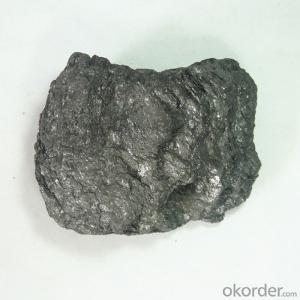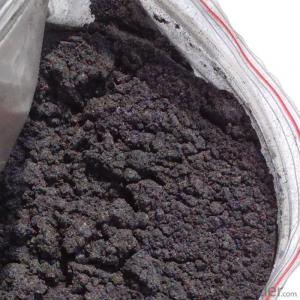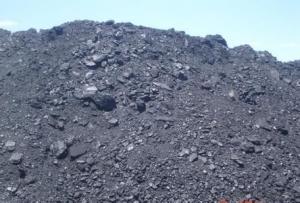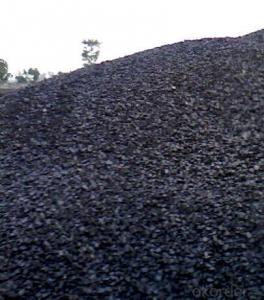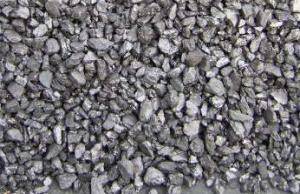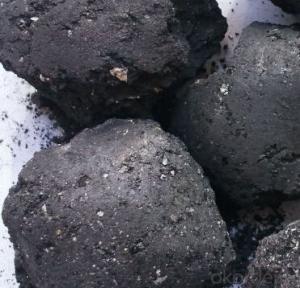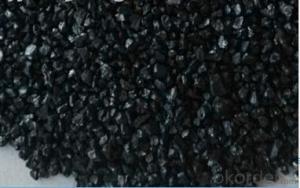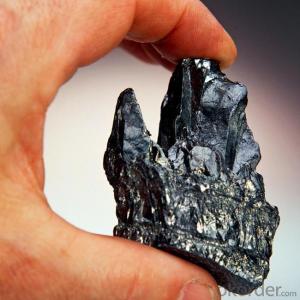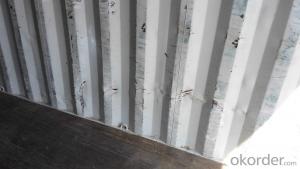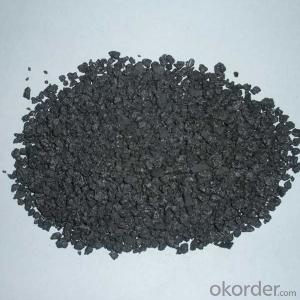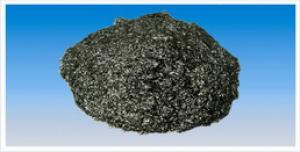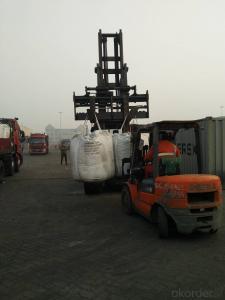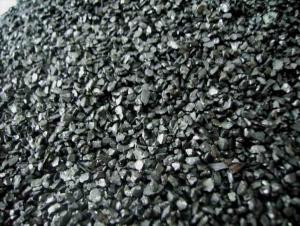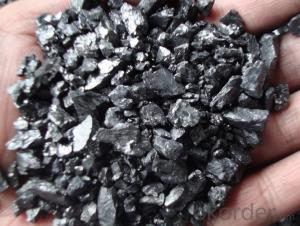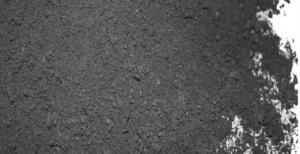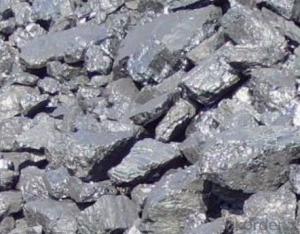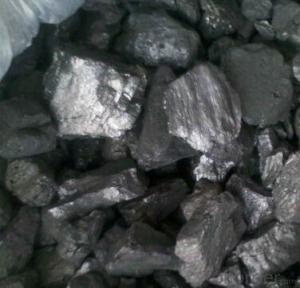Artificial graphite flake/flake graphite powder factory supplier
- Loading Port:
- Tianjin
- Payment Terms:
- TT OR LC
- Min Order Qty:
- 50 m.t.
- Supply Capability:
- 1000 m.t./month
OKorder Service Pledge
OKorder Financial Service
You Might Also Like
Graphite
Specifications
1.Fixed Carbon 94%-99%
2.50, 80,100, 120,150,200,325 mesh
3.High purity flakes graphite
4.24 years experience
Advantage:
Perfect crystallization, great size in flake, high density, low content of mica, high luminance, excellent physical properties, such as resistance to high temperature, electric and thermal conductivity, self lubricity, and superior chemical stability
Size:
Adjustable to meet customer requirements, and major sizes include 50, 80,100, 120,150,200,325 mesh
Packing:
Provide various packing options according to customer requirements. Including Woven Bags, Paper Bags and Plastic Bags of 25KG, 50 KG, and 1000KG.
Packing: in 25kg bags or in mt big bags or 25kg bags into mt bags
Capapcity: 1500mt per month
Advantage:
1.Good and stable quality!
2.Competitive price!
3.Good service!
4.Profession in cargo quality control and export
We could send the sample for testing the quality first.
Welcome to our factory to have a visit to get more information about our products.
- Q: Charcoal sales channels? Where should I sell it?! That's the fastest Market
- A charcoal mechanism widely applies to: 1, metallurgy (iron reducing agent, electrode, aluminum ingot thermal insulating agent; 2), chemical (for the production of carbon disulfide, calcium carbide, carbon tetrachloride, etc.); 3 buildings (concrete special fillers, insulation materials, refractory materials, etc.); 4 (improved rural gardening soil, water and soil conservation and smoked fried tea etc.)
- Q: I would like to ask what is the pit coal?
- Direct delivery of coal from coal mine pit. That is to say, there is no need to transport the coal.
- Q: Coal and carbon is one thing, what is the difference?
- Coal formation:On the surface under normal temperature and pressure, by the accumulation of stagnant water in the plant remains in the mud or carbonizing SAPROFICATION, into peat or muck or peat; sapropel buried after falling down to the basement of the basin due to deep underground, the diagenesis into lignite; when the temperature and the pressure gradually increased, then transformed into bituminous coal to anthracite metamorphism. The process of peat formation is the process of the transformation of the remains of higher plants into peat in the swamp. The role of decay is the process by which the remains of the lower organisms change from the biochemical changes to the humus. Mud is a kind of silt rich in water and asphaltene.
- Q: On behalf of the company to study the coal test, which can help me to explain the online test of coal each indicator of the process, thank you
- (1) free water and combined water in coalThere are two types of water in coal according to their different forms. Free water is based on the physical adsorption state in coal particles and coal particles attached to the capillary inner surface of the water; combined water is also called crystal water is combined with mineral water in the coal chemical way. Crystalline water, such as calcium sulfate (NaSO4.2H2O) and aged soil (AL2O3.2SiO2.2H2O). Free water in 105 ~ 110C temperature after 1 to 2 hours can be evaporated, and the crystallization of water is usually more than 200C in order to decompose precipitation.In the industrial analysis of coal, only the free water is measured.
- Q: What kinds of coal are there? What are their names?
- Category: coal is divided into major categories according to the degree of coalification and process performance.Category: a further subdivision of the categories according to the nature and purpose of the coal.The rank of coal, also called the rank of coal.Brown coal: a low degree of coal, the appearance of brown, dark luster, containing a high degree of internal moisture and different amounts of humic acid.In the classification of international coal seams, the low rank coals with high water content and high ash content are equal to or greater than 20 to less than 24MJ/kg.Bituminous coal: coal with a higher degree of coalification than lignite, which is characterized by a wide range of volatile yield, and no coking to strong coking in the case of separate coking.Anthracite: coal of high degree of coalification, low volatile, high density, high ignition point, non caking, no smoke when burning.General: hard coal of bituminous coal and anthracite, or a constant temperature (should be constant) ash free calorific value is less than or equal to or greater than 24MJ/kg24MJ/kg but the vitrinite reflectance is equal to or greater than 0.6%.
- Q: How to solve the problem of coal spontaneous combustion
- Not correct, burning need oxygen consumption, oxygen can not burn the fire.Fire should meet three conditions at the same time the oxygen, combustible, and ignition temperature is reached.
- Q: A 10 ton steam boiler runs for about 24 hours a dayHow many cubic meters per day do you have to burn the fuel, and how many kilograms of diesel oil should be fired per hour of the oil boiler 10T?
- So: need to burn an average of 50/29.3=1.7 tons of coal per hour, the amount of 1.7*24=40.8 tons per dayIf the burning of ordinary coal (3500-4000 kcal) requires 3 tons. The amount of 3*24=72 tons per dayHe needs to know the amount of heat to burn gasThe burning of diesel oil is 20 tons per day
- Q: How to distinguish the mechanism of charcoal is good or bad?
- Calorific value, the amount of energy released per kilogram of charcoal under certain conditions. The calorific value of charcoal is directly related to carbonization temperature and holding time. Under the same carbonization temperature and holding time, the calorific value of different raw materials is different. Generally speaking, the carbonization temperature is high, the holding time is long, its carbon content is also big, sends the heat naturally also high. When the carbonization temperature is less than 450 DEG C, the wood charcoal and the waste heat from the corner of the charcoal heat is usually between 6500 ~ 7 million card /kg, straw and rice husk carbon calorific value is generally about 6 million card /kg. When the carbonization temperature is greater than 600 DEG C, the heating capacity of the carbon produced by the material can be increased by a factor of 500 to 1 million.
- Q: What is the difference between carbon and carbon materialsJust out of work, do activated carbon, carbon materials and carbon materials often see, I do not know what the difference, trouble you!
- Carbon materials are usually specified, especially carbon and graphite materialsCarbon material is a kind of generalized carbon containing materialAbove.
- Q: Filtration of activated carbon can be used repeatedly?
- Of course, but the effect of repeated use and time is greatly reduced. Because the activated carbon adsorption of other substances, it is difficult to remove the general method
Send your message to us
Artificial graphite flake/flake graphite powder factory supplier
- Loading Port:
- Tianjin
- Payment Terms:
- TT OR LC
- Min Order Qty:
- 50 m.t.
- Supply Capability:
- 1000 m.t./month
OKorder Service Pledge
OKorder Financial Service
Similar products
Hot products
Hot Searches
Related keywords
